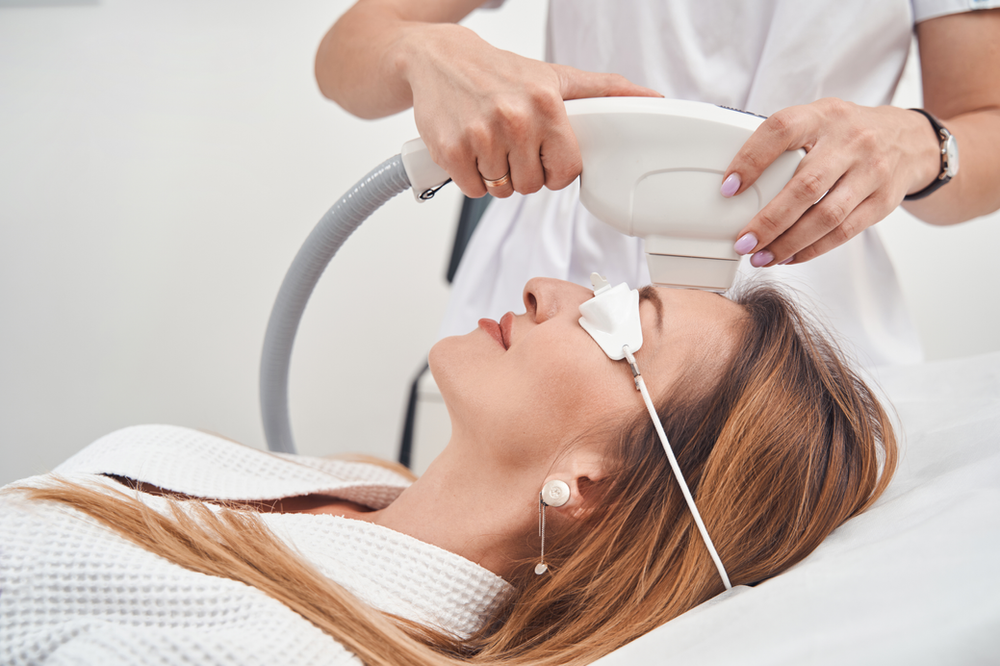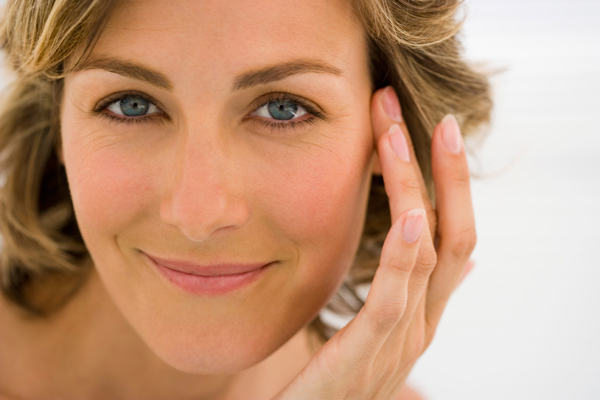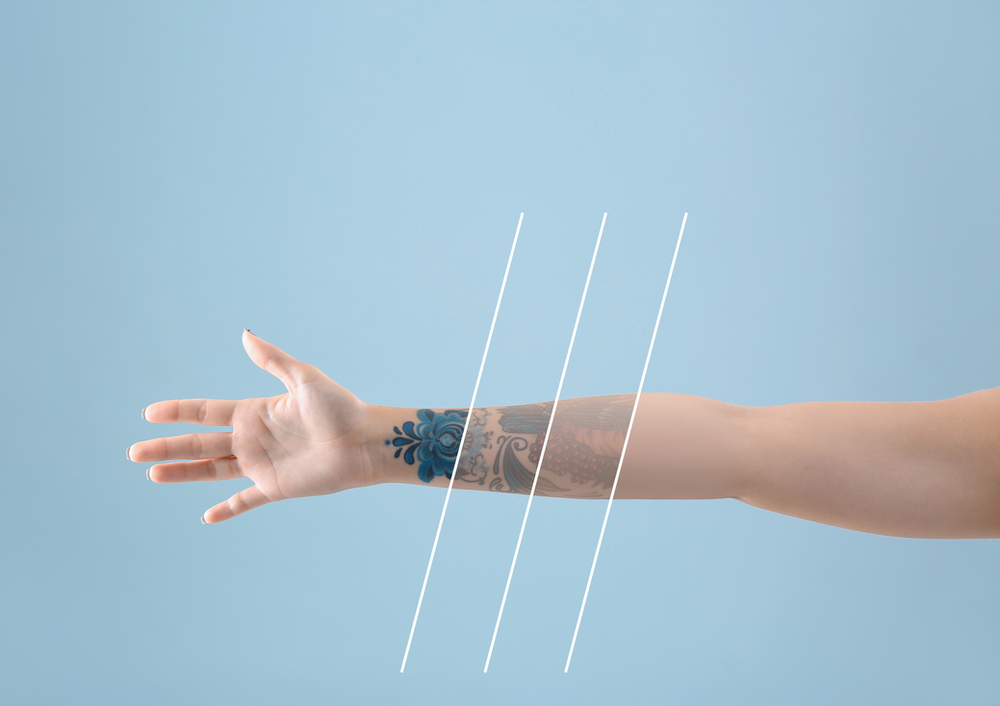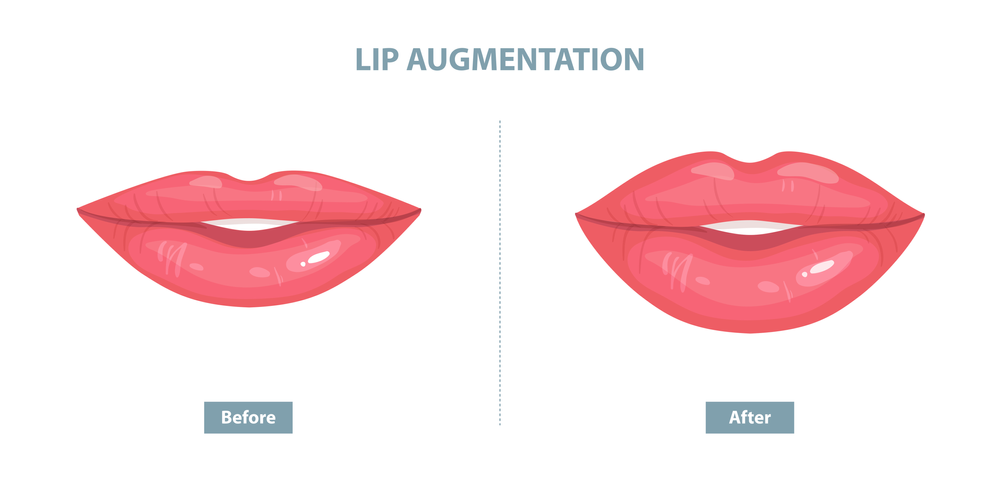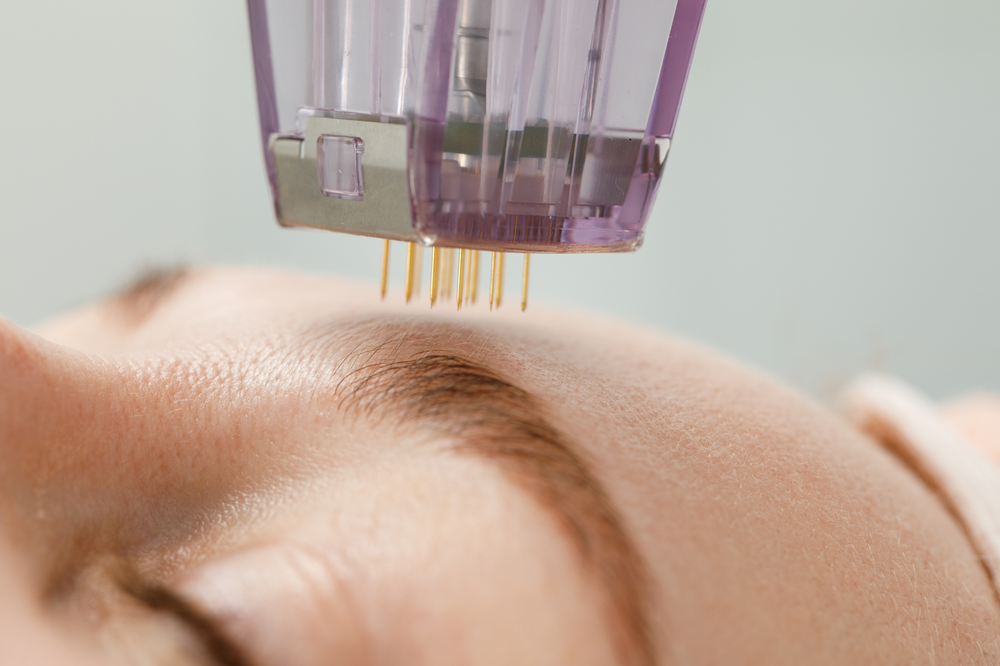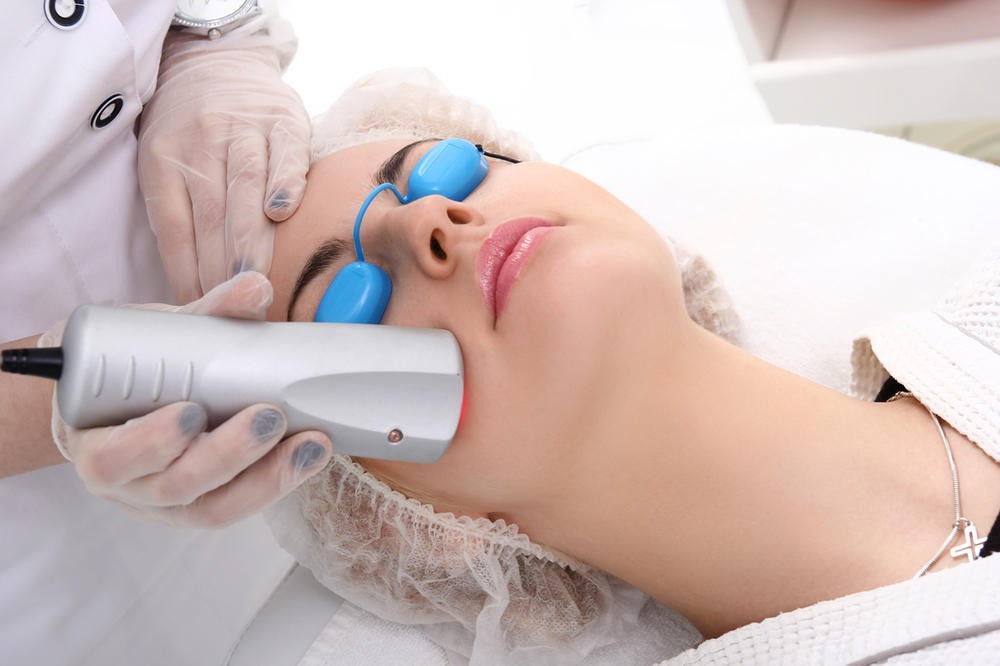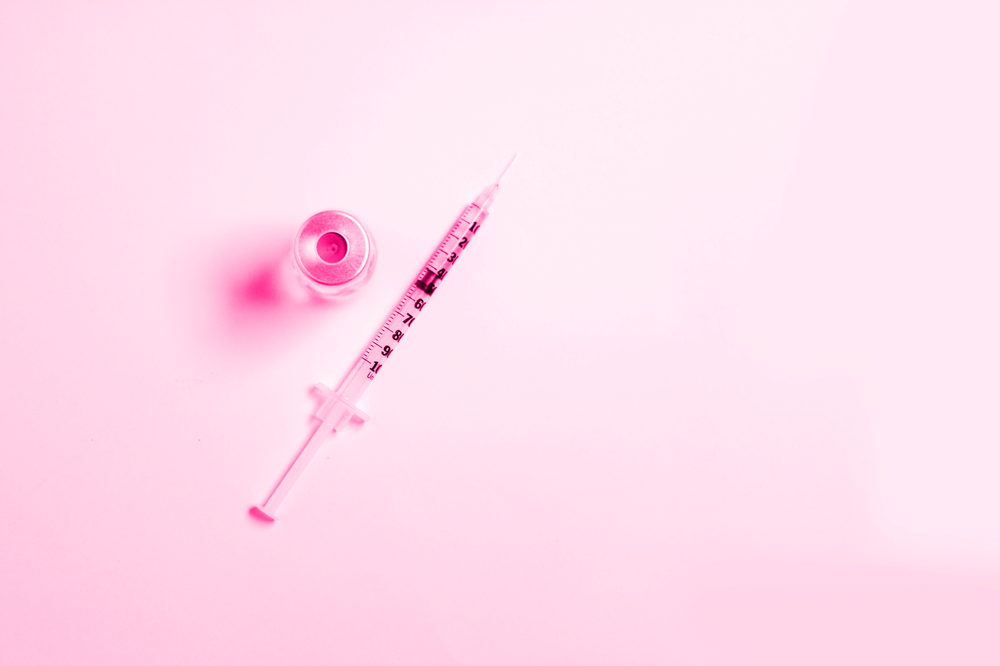Laser Skin Resurfacing

Unveiling the Magic of Laser Skin Resurfacing: Your Ultimate Guide
In the pursuit of flawless skin, the realm of cosmetic treatments offers a plethora of options, but none quite as transformative and effective as laser skin resurfacing. Harnessing the power of advanced laser technologies, this procedure targets a myriad of skin imperfections, from acne scars to wrinkles, leaving behind a revitalized and rejuvenated complexion. Let’s delve deeper into the world of laser skin resurfacing, exploring its mechanisms, benefits, and what to expect from this cutting-edge cosmetic solution.
Understanding Laser Skin Resurfacing
Laser skin resurfacing, also referred to as laser resurfacing or laser skin treatment, involves the use of intense pulsed light or ablative lasers to precisely target and remove the outer layer of damaged skin. This controlled removal prompts the skin to heal itself, revealing fresh, new skin beneath. The treatment area may vary depending on individual needs, encompassing the face, neck, chest, or hands.

How Does Laser Skin Resurfacing Work?
During the procedure, a focused laser beam is directed onto the treated skin, ablating or vaporizing thin layers to stimulate the production of collagen fibers and encourage the formation of new skin cells. For those with concerns about acne scars, facial wrinkles, or irregular skin texture, laser skin resurfacing works wonders by effectively treating fine lines, sagging skin, sun damaged skin, and even moderately deep facial wrinkles
Laser skin resurfacing, a revolutionary procedure in cosmetic dermatology, harnesses the power of laser treatments to rejuvenate and revitalize the skin. This advanced technique targets a multitude of skin imperfections, from wrinkles and fine lines to acne scars and uneven texture, through precise manipulation of laser energy.
At the heart of laser skin resurfacing lies the principle of controlled destruction and subsequent regeneration. By emitting concentrated beams of laser energy, the outer layer of the skin, known as the epidermis, undergoes vaporization or removal, leading to skin resurfacing. This process, often referred to as laser peel or a laser peel orskin resurfacing work, stimulates the body's natural healing response, prompting the formation of new skin cells and collagen fibers.
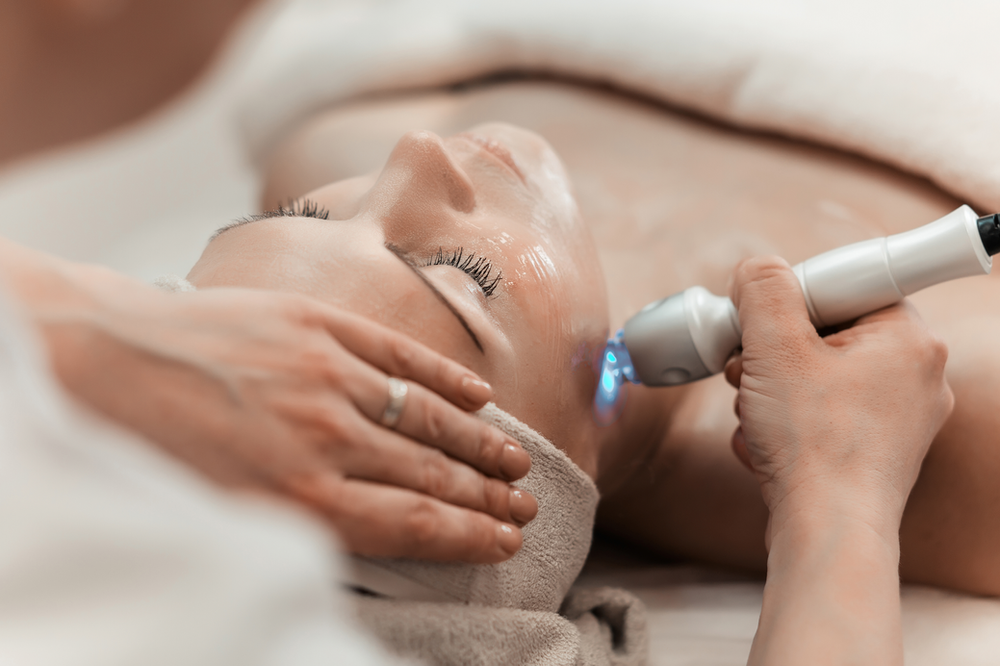
Intense Pulsed Light Generating Heat
One of the key mechanisms of laser treatment is its ability to generate heat within the skin's layers. This controlled heating process is instrumental in targeting specific areas of concern, such as enlarged oil glands, which contribute to acne formation. By delivering precise doses of heat, the laser heats and the laser beam destroys effectively destroys bacteria and reduces inflammation associated with active acne, promoting clearer, healthier skin.
Furthermore, laser treatment can also vaporize damaged skin cells and remove thin layers of skin in a process known as laser vaporization. This technique not only addresses surface-level imperfections but also stimulates collagen production, resulting in smoother, firmer skin texture. Whether treating sun-damaged skin or targeting the treated area affected by acne, laser vaporization offers a comprehensive solution for achieving a more youthful complexion.
During the laser procedure, the dermatologist or facial plastic surgeon carefully directs the laser beam to the desired treatment area. By adjusting the intensity and duration of the laser pulses, they can precisely control the depth of treatment, ensuring optimal results while minimizing discomfort and downtime. This targeted approach allows for the removal of thin layers of damaged skin, revealing fresher, healthier skin beneath.
As the laser destroys damaged skin cells and stimulates collagen production, the treated area dark skinundergoes a transformative process. Sun-damaged skin gradually fades, while active acne diminishes, leaving behind a clearer, more radiant complexion. With each session of laser treatment, patients can expect to see improvement in their skin's appearance, texture, and overall health.

Fractional Lasers
Fractional lasers, a subtype of laser treatments, play a crucial role in modern skin resurfacing techniques. These lasers deliver short-pulsed light energy to the skin, targeting specific areas while leaving surrounding tissue intact. By focusing on the treatment area with precision, fractional lasers minimize downtime and reduce the risk of complications, making them suitable for individuals seeking facial rejuvenation without invasive procedures.
As the skin heals, a new layer of skin forms, revealing a smoother texture and more even skin tone. Collagen fibers, essential for skin elasticity and firmness, are stimulated by the laser energy, leading to gradual improvement in facial wrinkles, sagging skin, and minor facial flaws. Continuous light beams emitted during the laser procedure will ensure consistent and controlled treatment, while the use of sun protection factor is essential to prevent sun damage and cold sores.
Non responsive skin
For individuals with irregular skin color or non-responsive skin, laser resurfacing offers a customized approach to address specific concerns. Whether targeting moderately deep lines or enlarged oil glands, laser resurfacing treatments can be tailored to meet individual needs, providing a comprehensive solution for cosmetic and reconstructive surgery alike. Multiple treatments may be required for optimal results, with minimal heat damage and concentrated pulsating beams ensuring safety and efficacy throughout the process.

Types of Laser Resurfacing
There are two main types of laser resurfacing: ablative and non-ablative. Ablative lasers, such as erbium and carbon dioxide lasers, remove outer layers of skin more aggressively, while non-ablative lasers target underlying skin tissue without damaging the surface. Both approaches offer unique benefits, with ablative lasers often yielding more dramatic results for deep wrinkles and scars, while non-ablative treatments are preferred for minimal downtime and treating fine lines.
Ablative laser resurfacing
Ablative laser resurfacing stands as a pinnacle in the realm of cosmetic treatments, particularly when addressing skin imperfections that extend beyond the surface. Among the various types of ablative lasers, erbium laser resurfacing shines as a frontrunner, offering precise and effective solutions for individuals seeking to rejuvenate their skin.
Erbium Laser Resurfacing
Erbium laser resurfacing is a form of ablative laser treatment that targets the outer layer of the skin with concentrated pulses of laser energy. This process, also known as ablative laser resurfacing,peel or laser skin resurfacing, works by precisely removing damaged skin cells, prompting the body to generate new skin in the treated area. Unlike non-ablative laser treatments, which focus solely on underlying skin concerns, erbium laser resurfacing addresses both surface-level imperfections and deeper skin issues.
The procedure begins with the application of a topical anesthetic to ensure patient comfort. Once the skin cancerthe treatment area is numb, the laser is carefully directed onto the skin, emitting a precise laser beam that vaporizes the outer layer. This controlled destruction of damaged skin cells triggers the body's natural healing process, stimulating the production of collagen and elastin fibers.
One of the key advantages of erbium laser resurfacing is its ability to minimize downtime and discomfort compared to traditional ablative lasers. Fractional lasers, a subtype of erbium lasers, further enhance this process by targeting only a fraction of the skin's surface, leaving surrounding tissue untouched. This results in faster healing and reduced risk of complications, making erbium laser resurfacing an ideal choice for individuals with busy lifestyles or darker skin tones.
As the treated skin heals, patients may notice significant improvements in skin tone, texture, and overall appearance. The treated skin gradually forms a new, smoother surface, while underlying issues such as fine lines and enlarged oil glands are also addressed. While individuals with very dark skin may require special considerations due to the risk of hyperpigmentation, erbium laser resurfacing remains a viable option for achieving desired results with minimal side effects.
Erbium laser resurfacing represents a sophisticated approach to skin and facial rejuvenation itself, offering precise and effective treatment for a wide range of concerns. By harnessing the power of laser technology, this procedure provides patients with a pathway to smoother, more youthful-looking skin, all while minimizing downtime and discomfort. Whether you're seeking to address fine lines, uneven skin tone, or other signs of aging, erbium laser resurfacing offers a tailored solution backed by scientific research and clinical expertise. Say hello to a brighter, more radiant complexion with erbium laser resurfacing—a journey to renewed confidence and self-assurance awaits.
Benefits of Laser Skin Resurfacing
The benefits of laser skin resurfacing extend far beyond cosmetic enhancement. By targeting sun damage, dark spots, and skin laxity, this procedure not only improves skin tone and texture but also reduces the risk of skin cancer associated with prolonged sun exposure. Additionally, laser resurfacing can effectively tighten skin, diminish the appearance of scars, and stimulate collagen production for long-lasting facial rejuvenation.
What to Expect
Before undergoing laser skin resurfacing, it's essential to consult with a qualified cosmetic surgeon or dermatologist who can assess your medical history and tailor the treatment to your specific needs. Depending on the extent of the procedure and the targeted concerns, multiple treatments may be necessary to achieve optimal results. During the procedure, local anesthesia may be used to minimize discomfort, and antiviral medication may be prescribed to prevent bacterial infections, particularly for those prone to cold sores.
Post-treatment, it's crucial to adhere to proper aftercare instructions, including sun protection measures and avoiding prolonged sun exposure, to ensure optimal healing and results. While some redness and swelling are common immediately after the procedure, the skin heals gradually over time, revealing a smoother, more radiant complexion.
In Conclusion
Laser skin resurfacing stands at the forefront of cosmetic surgery, offering a safe, effective solution for addressing a wide range of skin concerns, from acne scars to sun damage. With advancements in laser technologies and techniques, this procedure continues to evolve, providing patients with unparalleled results and minimal downtime. Whether you're seeking to treat wrinkles, tighten skin, or rejuvenate your complexion, laser skin resurfacing offers a transformative solution, backed by science and performed by skilled cosmetic surgeons. Say goodbye to imperfections and hello to radiant, youthful skin with the power of laser resurfacing.
Visit Visage Laser and Skin Care to learn more.

